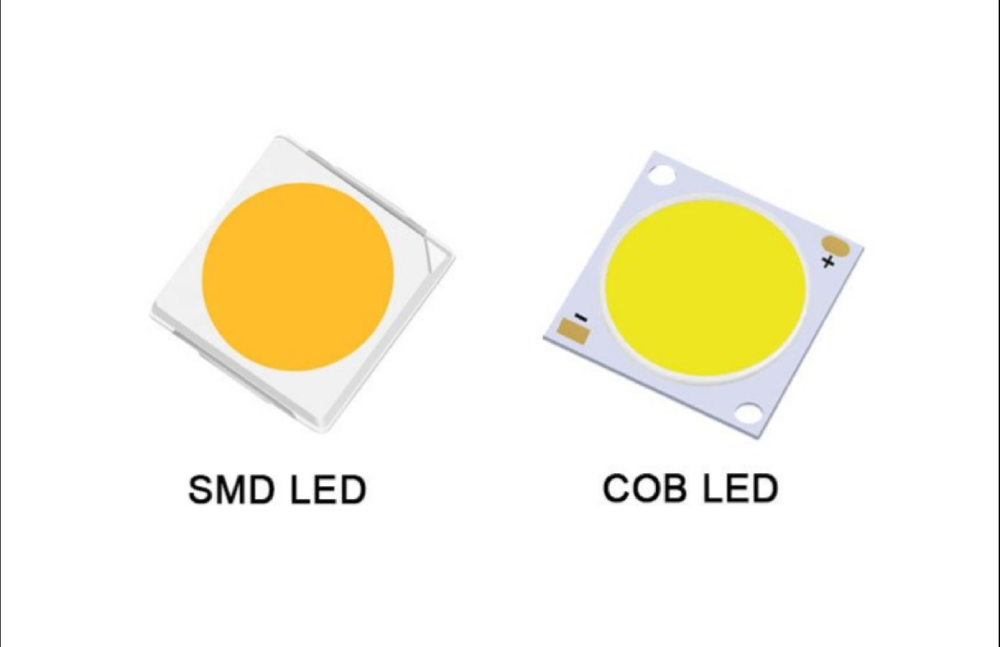Lighting is inseparable from our lives. In life, the emergence of various lighting fixtures has brought a lot of convenience to people’s lives. Among various lighting products, LED chips and patches have attracted much attention from consumers. What are the main differences between these two different types of lighting fixtures?
The difference between LED chips and SMDs
The angle of LED chips is very small, the light emission is relatively concentrated, the range is very long, but the irradiation range is limited; while LED patches generally have a large angle, the light emission is relatively scattered, the irradiation range is wide, but the range is relatively short. LED chips use discharge to emit light, while LED patches use cold light to emit light.
In contrast, what are the advantages of patches? LED patches are also a type of LED chip. Common LEDs have two or four pins, and some have no pin-type pins. They are all the same when soldered with copper foil attached to the circuit board. The key to choosing a chip is to consider color temperature, color rendering index, light efficiency, light decay, power quality, etc. These things just need to be bought with good quality.
What is the difference between them? There are many forms of LED chip, which are mainly formulated by considering the heat dissipation forms of various powers.

Detailed explanation of the advantages and disadvantages of each
For LED chips, what are its advantages? COB in LED lamps. The emergence of LED chips has experienced direct insertion and patch. With the advancement of technology, it is natural to directly encapsulate multiple LED light-emitting chips on the substrate with high integration (circuit and heat dissipation integrated design) to form a compact, high-power, and ultra-high-power LED light-emitting element, which is “COB” (it looks like a chip, but it is actually a group of chips).
As for the patch, what are its advantages? Integrated LED is generally an alias for COB LED chips on the market, but it cannot actually clearly describe the characteristics of COB chips. COB refers to Chip-On-Board, which directly encapsulates low-power chips on aluminum substrates for fast heat dissipation. The chip area is small, the heat dissipation efficiency is high, and the driving current is small, so the thermal resistance is small, the thermal conductivity is high, and the heat dissipation is good. Compared with ordinary SMD low-power chips, it has the following characteristics: higher brightness and low thermal resistance. If the light is on, it means that the chip function is basically unobstructed. If it is not on, swap the red and black test leads and test again to avoid the positive and negative poles of some chips being opposite to those of ordinary chips. When the chip lights up, observe the color of the chip and whether the color temperature meets the requirements. Whether the brightness is appropriate. Choose the right chip. Therefore, we found that they each have their own advantages.
In summary, LED chips and patches have their own advantages. When buying lamps, you can buy different styles and types of products according to your own choices. When it comes to LED chips and patches, their scope of use is also different. Nesse momento, you can choose according to your needs.
